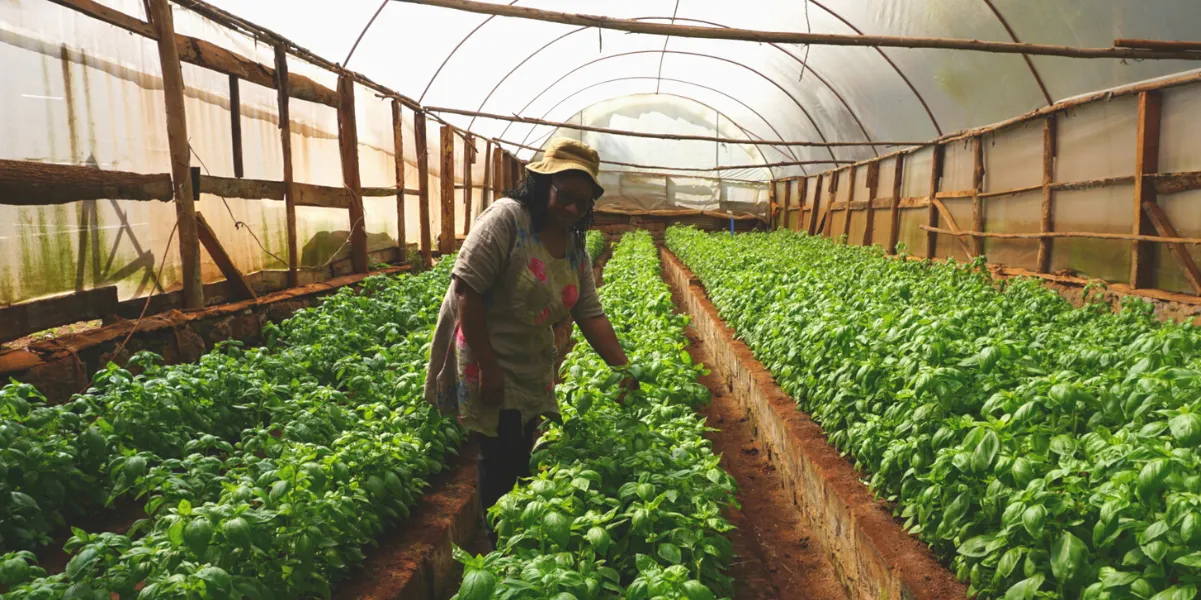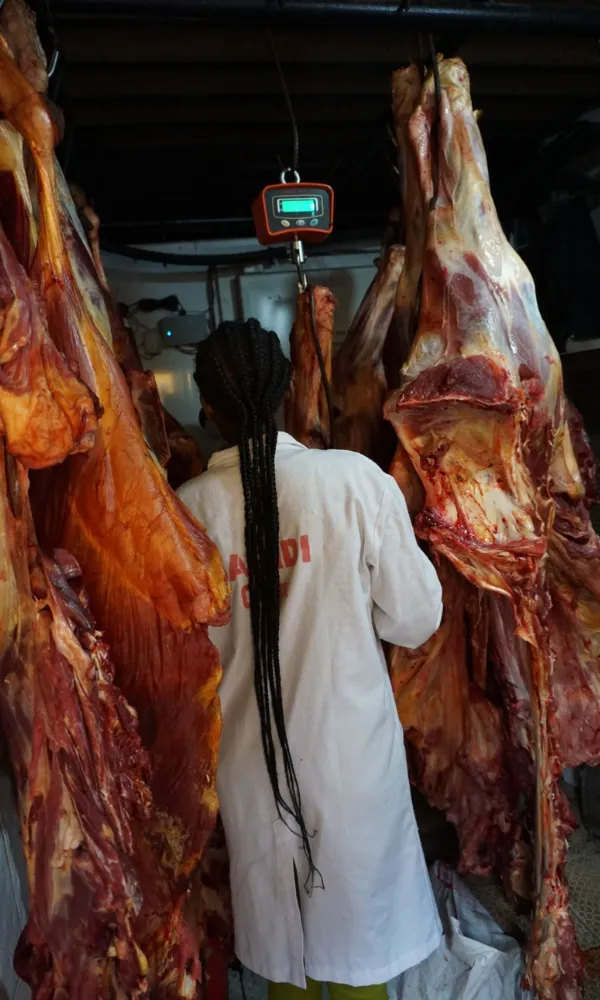Embracing PURE Technologies as a Key Solution towards Improved Livelihoods, Economic Growth and Resilience to Climate Change for our Consumers
Learn more about how PURE technologies offer essential adaptive and mitigative technologies and provide access to critical energy services.

This blog originally appeared on GOGLA’s Off-Grid Solar Forum & Expo blog on October 9, 2022.
Global weather patterns continue to be increasingly unpredictable, and the urgency of climate change adaptation and resilience accelerates to safeguard livelihoods and sustainable development. Regionally, The Global Drought Observatory (GDO) estimates that in East Africa, 70 million people are exposed to some level of drought risk. Further, the region also has a sizeable unelectrified population, 2020 World Bank estimates found that only 48% of the region’s population has access to electricity.
With this backdrop, productive use of renewable energy (PURE) technologies offer essential adaptive and mitigative technologies and provide access to critical energy services. For example, in the case of agriculture — one of the areas of focus for Efficiency for Access interventions — affordable, inclusive, energy-efficient, solar-powered technologies like water pumps, mills, and cold storage solutions can strengthen productivity and efficiency in food production, processing, and storage. These gains have a trickle effect on national and global economies, enhancing food and income security and building communities’ resilience to climate change-induced shocks while simultaneously moving the needle toward achieving multiple Sustainable Development Goals.

Despite numerous opportunities for PURE technologies to transform lives and spur sustainable development, they remain out of reach for off-grid solar sector consumers due to financing barriers, lack of awareness of their benefits, and unsupportive policy environments. To enable wider access to PURE technologies, Efficiency for Access seeks to address notable shortfalls in market intelligence, improving cost and efficiency, supporting inclusive and off-grid appropriate design considerations, and enhancing the sector’s understanding of a given technology’s unique relevance in off-and weak-grid contexts. Our work drives appliance innovation, product performance standards, user-centered design, and efficiency through international competitions like the Global LEAP Awards competition and the Efficiency for Access Research & Development Fund.
How does this impact consumers?
The availability of better-performing, durable and affordable solar solutions has already proven transformational, especially in off- and weak-grid contexts where electricity supply is constrained or unavailable. Throughout our activities, we have interacted with various technology users and learned just how impactful the solutions are for them:
Preserving the freshness of local herbs for global markets

Jane Kamau and her family run a thriving herbs-for-export agribusiness that relies on a solar-powered cold room to keep the herbs fresh and up to international standards. The unit has enabled the family to overcome costly storage and transport logistics and increase their export capacity, ultimately improving their earnings.
“We have been using it day in, day out. It has really helped us because we are growing herbs that are very sensitive to high temperatures. We can harvest today, tomorrow, and the next day, and the herbs remain fresh,” says Jane.
Providing cool, clean water with a solar refrigerator
Proscovia Namugga from rural Uganda purchased a solar refrigerator and now runs a business selling cold drinks in her neighbourhood. The money she’s earned from the refrigerator goes to buying books for her children and grandchildren.
“Getting this fridge has helped because if a child asks me to buy them a book, I can take money from what the fridge has earned us,” says Proscovia. “The money is there, and I use it.”
Chilling for market consumption with a walk-in cold room

Tracy Kimathi from Nairobi, Kenya, runs a meat storage business in one of the city’s busiest meat markets. Her storage unit is a single-phase, solar-powered walk-in cold room capable of chilling up to 1000 kilograms of meat. Tracy’s business provides a convenient and safe option for butchers at the market who would have faced losses from their meat going bad.
“The post-slaughter urban meat market is underserved…Our goal is to enhance food security and minimise post-slaughter loss by increasing the shelf life of fresh meat,” said Tracy.
Reducing labour, gaining back time with a solar mill

A couple in India using a solar mill said that the mill has freed up the family’s time in the evenings. The wife, Shevamma, used to spend two hours on a task that only takes 10 minutes with the new mill. Additionally, the family makes some extra income from charging neighbouring farmers for milling services.
Driving innovation for increased access to high-performing PURE technologies
One way in which Efficiency for Access is helping to increase access to PURE technologies is through the Efficiency for Access Research and Development Fund. The Fund was launched in November 2018 and supports innovative SMEs to develop high-performing market-ready PURE solutions that are accessible for off-and weak-grid consumers. To date, we have disbursed over £5m combined funding and have supported over 35 projects, with a strong focus on PURE technologies like refrigerators and milling. The Fund helps companies with early-stage projects to test concepts and expand research and creates a pipeline for other, later-stage investors to fund them after they have been de-risked, and the project concept has been proven. This has been particularly noticeable in the cooling sector. The Fund supported companies such as Solar Cooling Engineering, Sure Chill, and Devidayal, which have expanded relatively quickly and are now starting their growth journey. Our Investor Network also contributes to increased access to PURE technologies by relaying market intelligence to investors making investments into productive use companies but want to gain a more robust insight into the market before investing.
At this year’s Global Off-Grid Solar Forum and Expo, we’re looking forward to connecting with sector stakeholders on how to raise the profile of PURE technologies and what we can do to ensure positive impacts for many more households and businesses. We will have a side-event focusing on PURE technologies where we will share candid learnings from consumers, locally-led companies, and our work on the uptake of PURE products from multi-country, multi-product, and multi-year field testing and market intelligence gathering efforts. Find more information on sessions where we’ll be participating here.